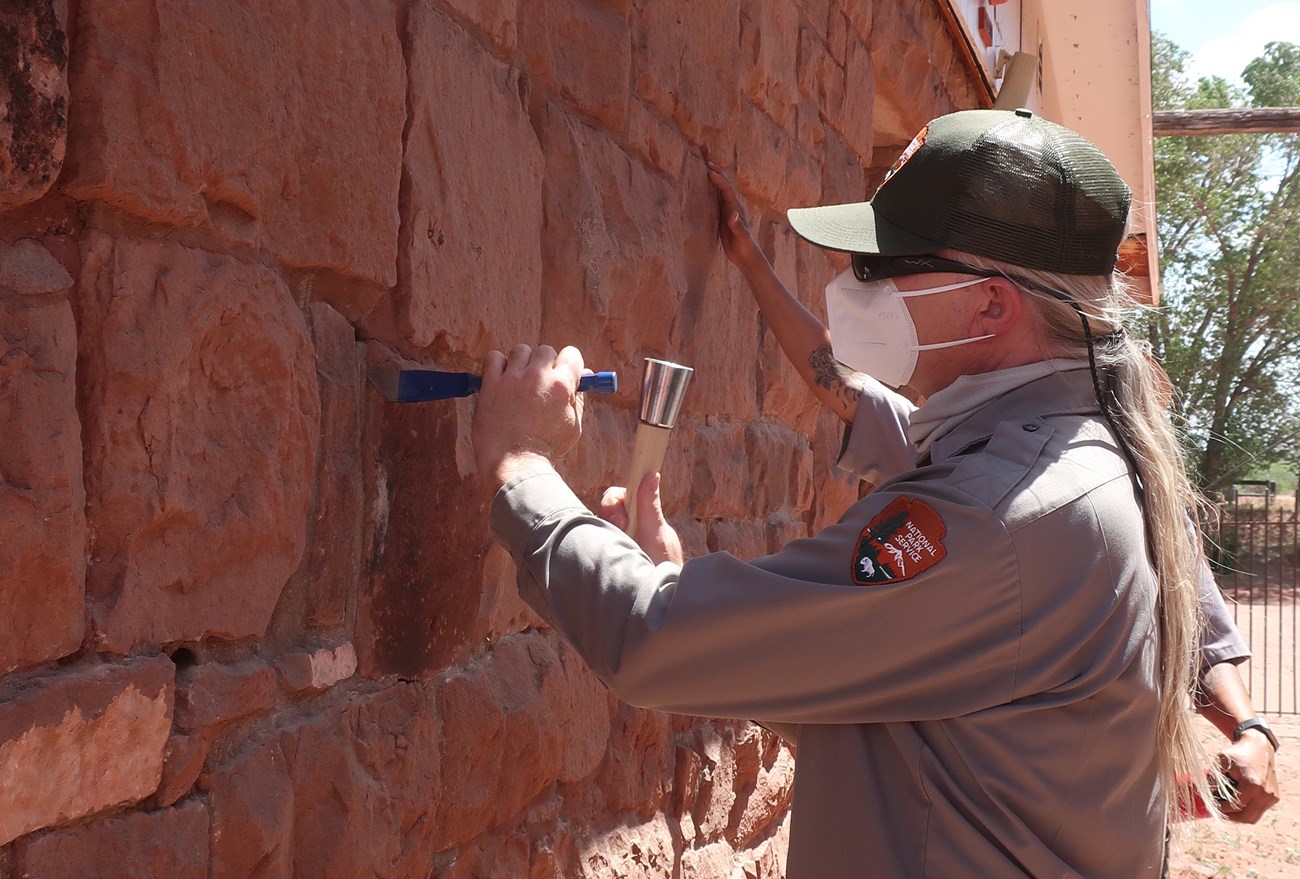Opening the Keys of Sustainable Masonry Building Practices for Eco-Friendly Buildings
Amongst the myriad techniques to green structure, sustainable masonry construction stands out as a time-tested and resilient method that holds a wealth of untapped potential. From the selection of materials to cutting-edge building and construction methods, the tricks to achieving sustainability within masonry building and construction are multifaceted and intriguing.
Benefits of Sustainable Masonry Building
Welcoming sustainable stonework building practices not just decreases ecological effect but likewise supplies long-lasting financial advantages to builders and areas. By making use of products like recycled blocks, blocks, and rocks, building contractors can significantly decrease the carbon footprint of their projects while promoting source effectiveness. Furthermore, sustainable stonework building methods, such as correct insulation and thermal mass buildings, can boost energy performance within structures, causing reduced operational expenses over time.
In addition, the toughness and resilience of masonry frameworks add to long-term economic advantages. Structures constructed utilizing sustainable masonry practices typically need less repair and maintenance, equating to cost savings for contractors and building proprietors. The long life of stonework products likewise guarantees that structures remain stable and safe and secure, reducing the demand for frequent renovations or substitutes.
Eco-Friendly Stonework Products
Making use of eco-friendly masonry products is a crucial action in the direction of enhancing the sustainability of building and construction practices and reducing ecological influence while making the most of lasting economic benefits. Sustainable stonework products are sourced, created, and made use of in a way that decreases total ecological impact. Materials such as recycled bricks, redeemed rock, and sustainable concrete blocks are ending up being progressively preferred selections for eco-conscious contractors. Recycled blocks, for instance, not only draw away waste from land fills but additionally call for less energy to produce compared to new blocks. Recovered rock supplies a distinct aesthetic allure while decreasing the need for brand-new quarrying. Lasting concrete blocks integrate recycled aggregates and might feature enhanced insulation buildings, contributing to power effectiveness in structures.
Furthermore, natural products like adobe, rammed earth, and straw bundles provide superb thermal mass buildings, lowering the demand for heating and cooling down power. These products are often locally available, advertising local economic situations and reducing transportation-related carbon emissions. By picking eco-friendly stonework products, building jobs can substantially minimize their ecological impact and add to the creation of healthier, much more sustainable constructed settings.
Energy-Efficient Stonework Methods
Power efficiency plays a crucial duty in boosting the sustainability of stonework building methods. One vital energy-efficient stonework strategy is the use of thermal mass, which involves incorporating dense products like concrete or brick right into the building's framework to absorb and save warmth.

Technologies in Sustainable Stonework
Current developments in sustainable stonework practices have caused innovative strategies that are improving the construction sector. One such development is the advancement of self-healing concrete, which makes use of microorganisms embedded within the concrete to recover fractures autonomously. This innovation not only reduces upkeep expenses however also enhances the resilience more info here of stonework frameworks, contributing to their sustainability.
One more remarkable technology is using recycled aggregates in masonry building and construction - masonry contractor. By incorporating products such as crushed ceramic waste or recycled glass right into concrete blends, contractors can reduce the ecological effect of construction jobs while maintaining architectural stability. This technique not just diverts waste from garbage dumps but additionally saves natural sources, making it a key advancement in lasting masonry building and construction
Additionally, the assimilation of digital design tools, such as Structure Info Modeling (BIM), is transforming the way stonework structures are intended and constructed. BIM enables more precise computations, reduced product wastage, and improved power efficiency, eventually bring about more sustainable structure practices. These advancements jointly represent an encouraging future for sustainable masonry building in the period of environment-friendly buildings.
Future Trends in Masonry Sustainability
With the ingenious strides made in lasting masonry practices, the future patterns in stonework sustainability are positioned to further transform the building and construction sector. One of the crucial fads forming the future of masonry sustainability is the boosted assimilation of technology. Developments such as Structure Details Modeling (BIM) and virtual reality simulations are being used to enhance stonework building and construction processes, resulting in minimized product waste and improved power efficiency in buildings.
Additionally, automart the advancement of unique sustainable products is readied to play a substantial role in improving the eco-friendliness of masonry building and construction. masonry contractor. Advancements like self-healing concrete, recycled aggregates, and bio-based binders are gaining grip for their ability to lessen ecological influence while maintaining structural honesty

Verdict
In conclusion, lasting stonework building techniques use various advantages for eco-friendly buildings. By using environmentally friendly products and energy-efficient techniques, stonework can contribute to a much more sustainable developed setting. Advancements in sustainable masonry are continually being created to even more boost the environmental performance of structures. Looking towards the future, the pattern of stonework sustainability is anticipated to grow, bring about more ecologically pleasant and energy-efficient construction methods in the years ahead.